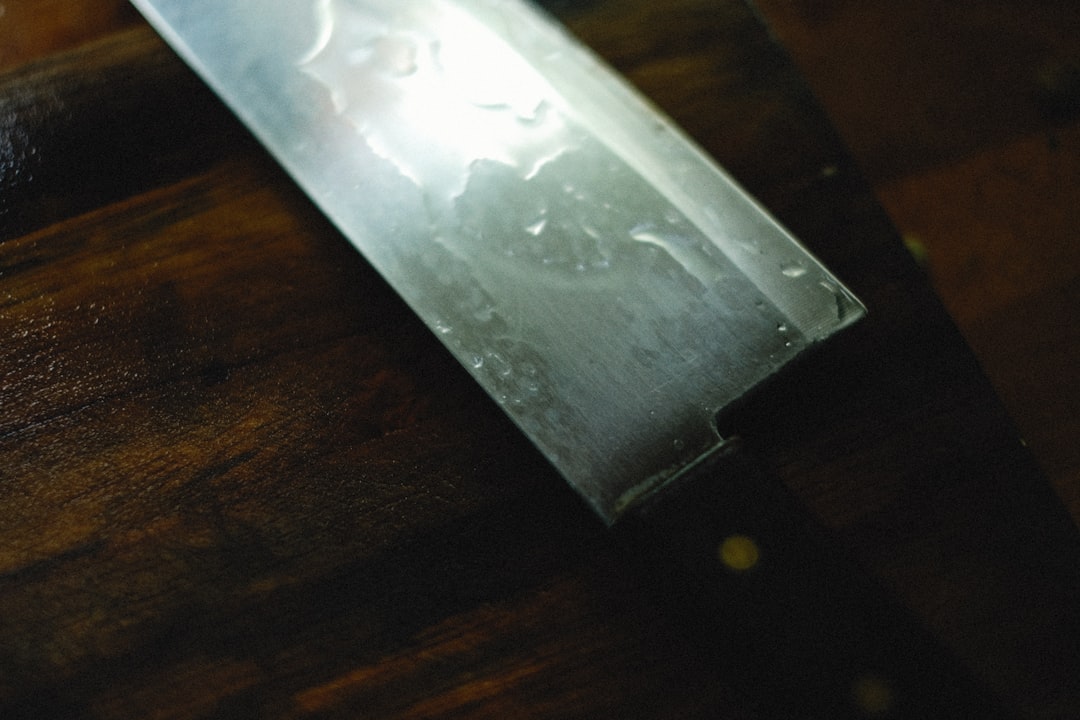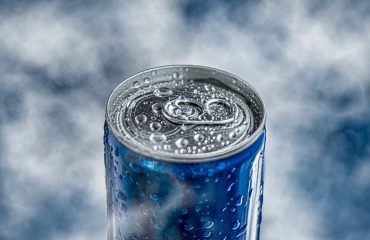body {
font-family: sans-serif;
line-height: 1.6;
}
h1, h2, h3 {
color: #333;
}
h1 {
font-size: 2.5em;
}
h2 {
font-size: 2em;
}
h3 {
font-size: 1.5em;
}
Stainless steel. The name itself conjures images of durability, hygiene, and modern design. But the world of stainless steel is far more nuanced than that simple description suggests. This comprehensive guide will delve into the various types, grades, applications, and care requirements of stainless steel products, empowering you to make informed choices for your specific needs.
Understanding the Grades and Types of Stainless Steel
Stainless steel isn’t a single material; it’s a family of alloys composed primarily of iron, chromium (at least 10.5%), and often other elements like nickel, molybdenum, and manganese. These additions dramatically impact the steel’s properties. The most common grades are categorized by their chemical composition and resulting characteristics:
Austenitic Stainless Steel:
This is the most widely used type, known for its excellent corrosion resistance, ductility, and weldability. Grades like 304 (18/8) and 316 are prevalent. 304 is versatile and cost-effective, ideal for kitchen appliances and tableware. 316 offers enhanced corrosion resistance, making it suitable for marine environments and medical applications.
Ferritic Stainless Steel:
These grades contain chromium but little to no nickel. They are magnetic and offer good corrosion resistance, but they are less ductile and weldable than austenitic grades. Commonly used in automotive exhaust systems and some architectural applications.
Martensitic Stainless Steel:
These grades are hardenable through heat treatment, making them suitable for applications requiring high strength and wear resistance. They are often used in cutlery and surgical instruments.
Duplex Stainless Steel:
A combination of austenitic and ferritic structures, these grades offer superior strength and corrosion resistance compared to either type alone. They are used in demanding applications like chemical processing equipment and pipelines.
Common Applications of Stainless Steel Products
The diverse properties of stainless steel make it suitable for a vast range of applications across numerous industries:
Kitchen and Food Service:
Stainless steel’s hygiene and resistance to corrosion make it a staple in kitchens. From cookware and utensils to sinks and appliances, its durability and ease of cleaning are invaluable.
Medical and Pharmaceutical:
Biocompatibility and resistance to sterilization processes make stainless steel crucial in medical devices, surgical instruments, and pharmaceutical equipment.
Architectural and Construction:
Its strength, corrosion resistance, and aesthetic appeal make stainless steel a popular choice for building facades, roofing, and structural elements. It’s also used in handrails, elevators, and other architectural features.
Automotive and Transportation:
Stainless steel is used in exhaust systems, body panels, and other components due to its corrosion resistance and strength.
Industrial and Chemical Processing:
Its resistance to harsh chemicals and high temperatures makes stainless steel essential in various industrial applications, including pipelines, tanks, and processing equipment.
Choosing the Right Stainless Steel for Your Needs
Selecting the appropriate grade of stainless steel requires careful consideration of the intended application and environmental conditions. Key factors include:
- Corrosion resistance: Will the product be exposed to moisture, chemicals, or other corrosive agents?
- Strength and durability: What level of stress and wear will the product experience?
- Temperature resistance: Will the product be subjected to high or low temperatures?
- Weldability: Will the product need to be welded or joined?
- Cost: Different grades have varying costs; balancing performance and budget is crucial.
Caring for Your Stainless Steel Products
Proper care extends the lifespan and maintains the aesthetic appeal of stainless steel products. Regular cleaning with mild detergents and avoiding abrasive cleaners is essential. For stubborn stains, specialized stainless steel cleaners are available. Protecting the surface from scratches and impacts is also crucial.
Identifying and Avoiding Common Stainless Steel Problems
While durable, stainless steel is not impervious to damage. Understanding potential problems and their causes can help prevent issues:
- Pitting corrosion: Caused by localized corrosion, often due to stagnant water or chloride contamination.
- Crevice corrosion: Occurs in tight gaps or crevices where cleaning is difficult.
- Stress corrosion cracking: Can occur when stainless steel is subjected to tensile stress in a corrosive environment.
- Surface staining: Often caused by contact with certain substances or improper cleaning.
Regular inspection and appropriate cleaning practices can mitigate these risks.
This guide provides a foundational understanding of the world of stainless steel. Remember to consult with experts for specific applications and complex projects. The right stainless steel choice can ensure durability, longevity, and optimal performance for years to come.
Tags: stainless steel, stainless steel guide, stainless steel types, stainless steel grades, stainless steel applications




